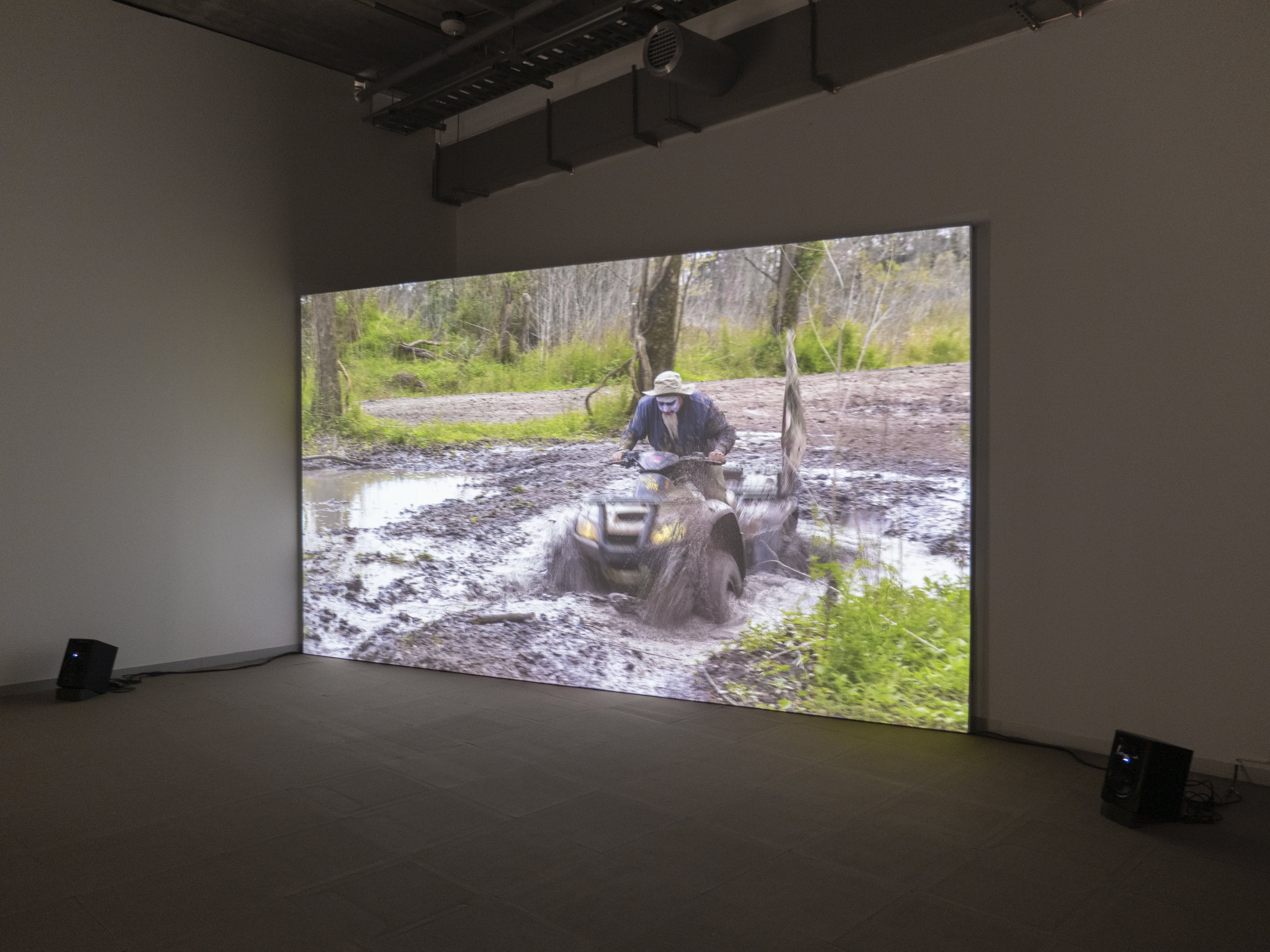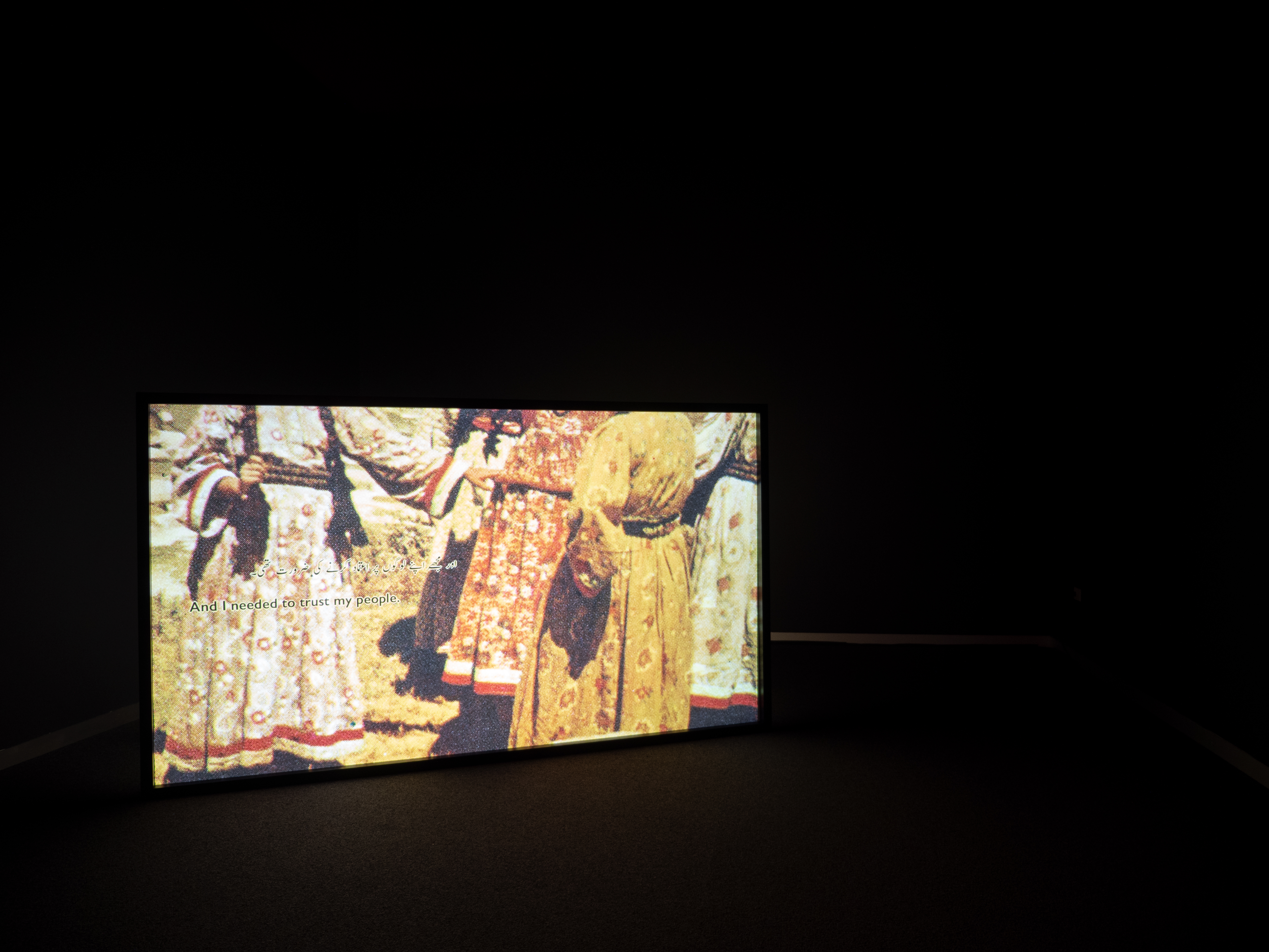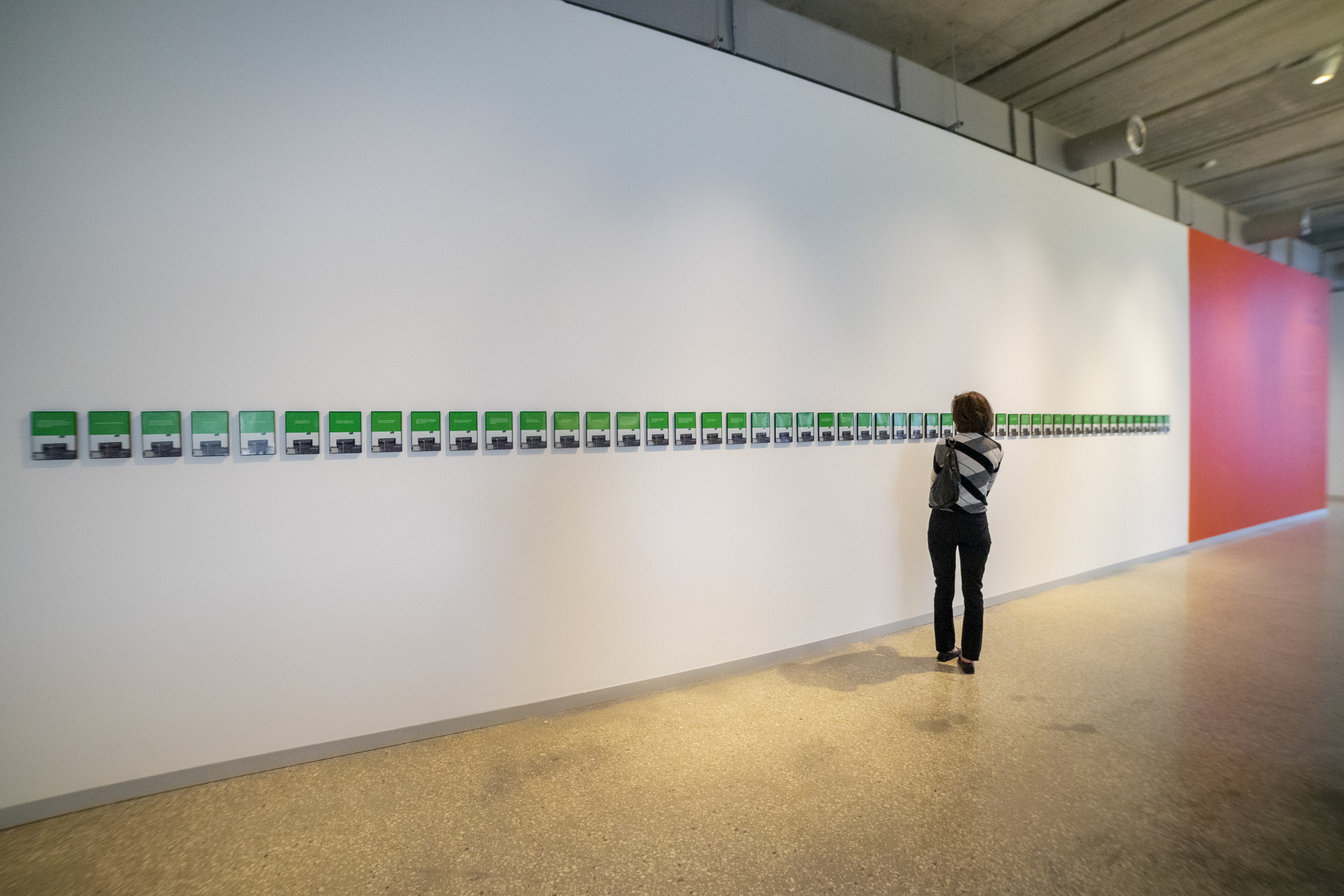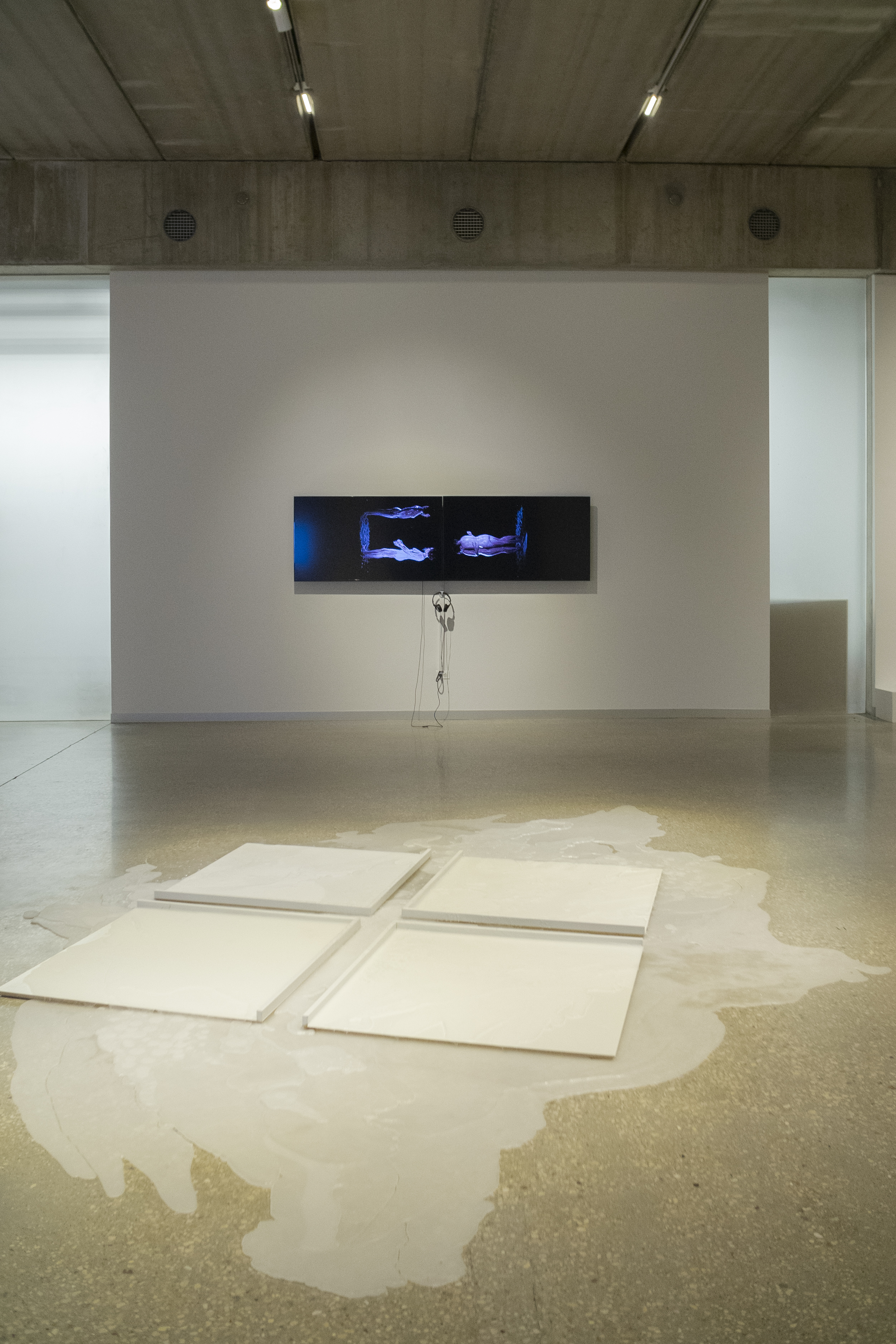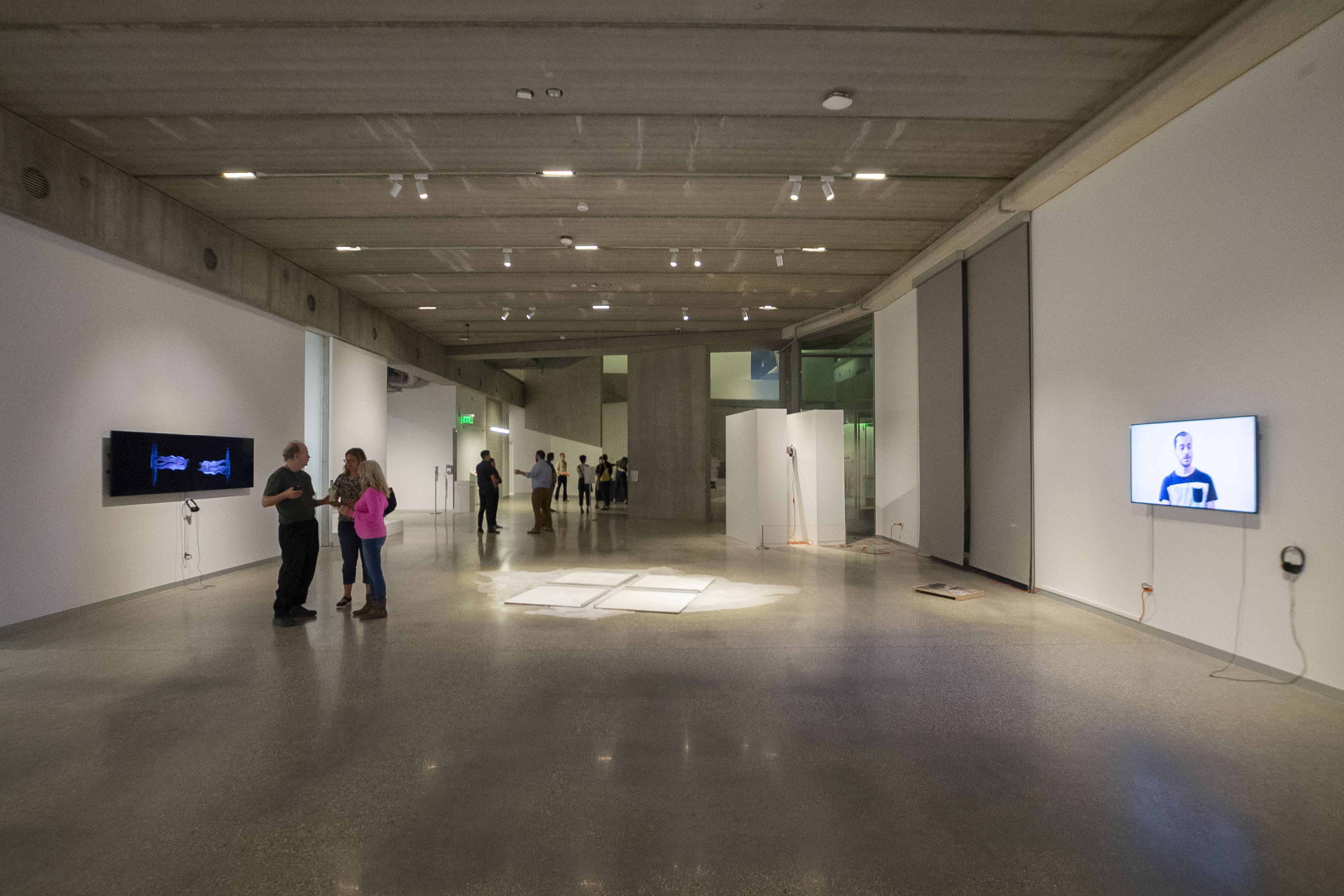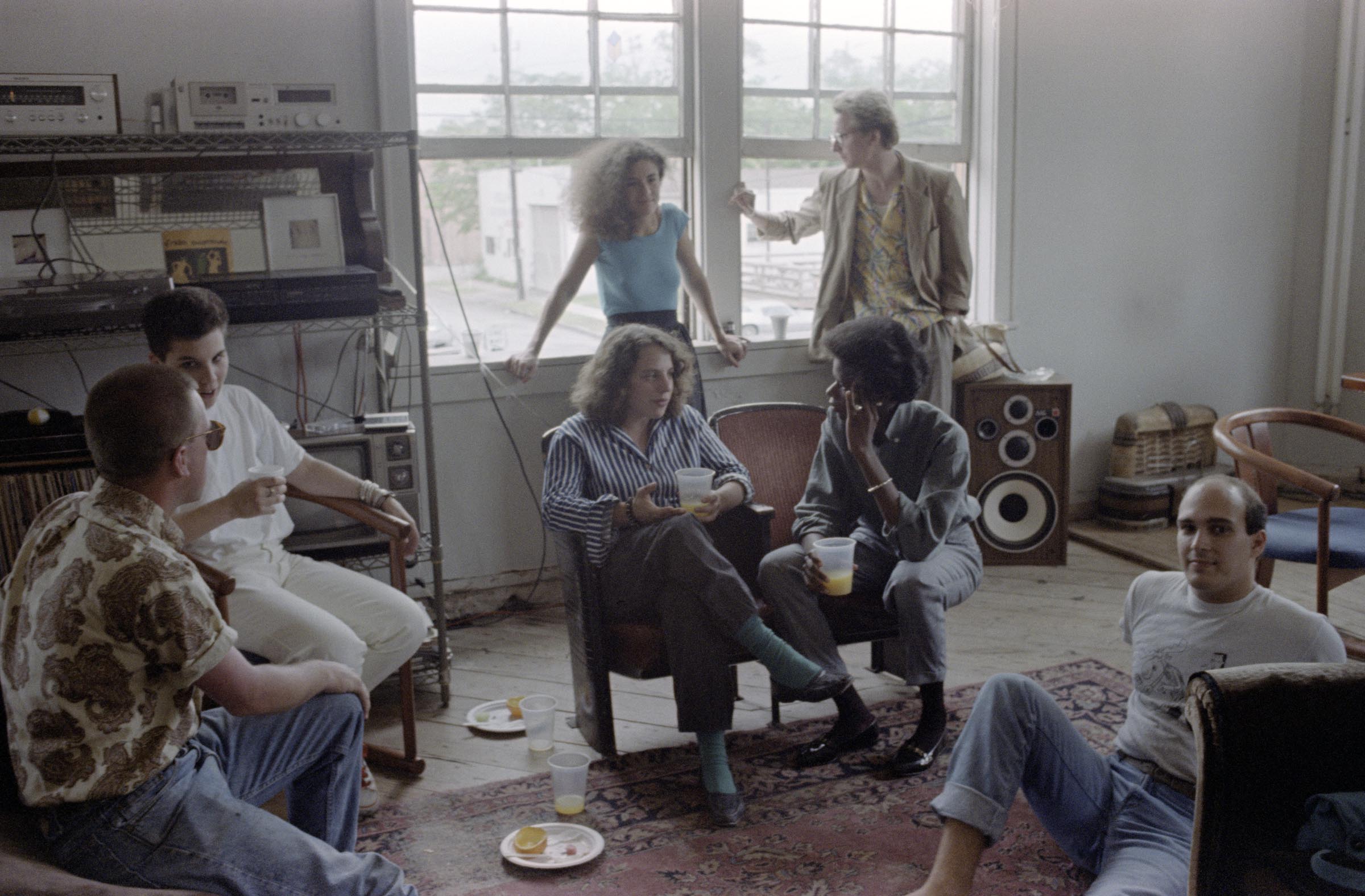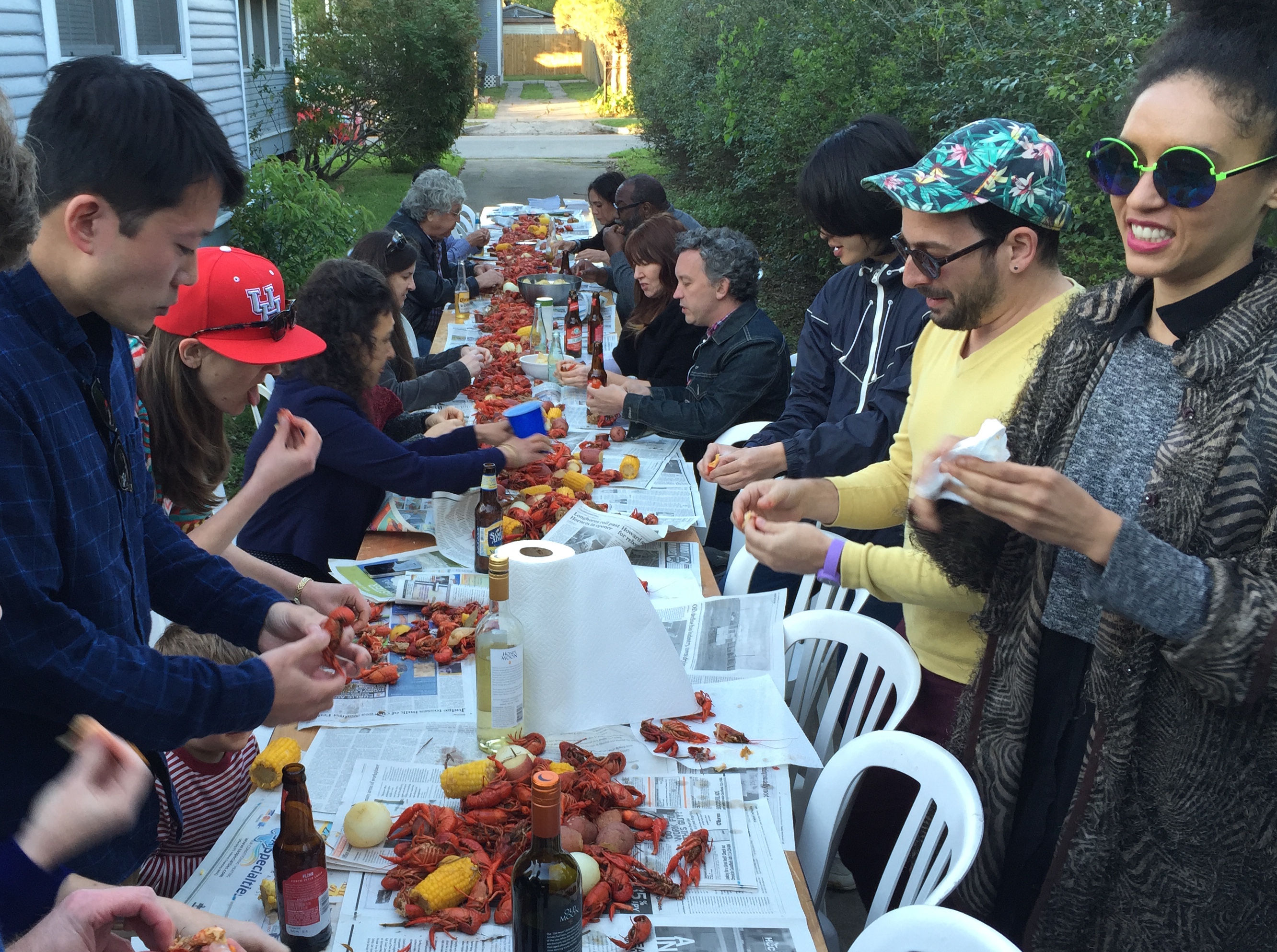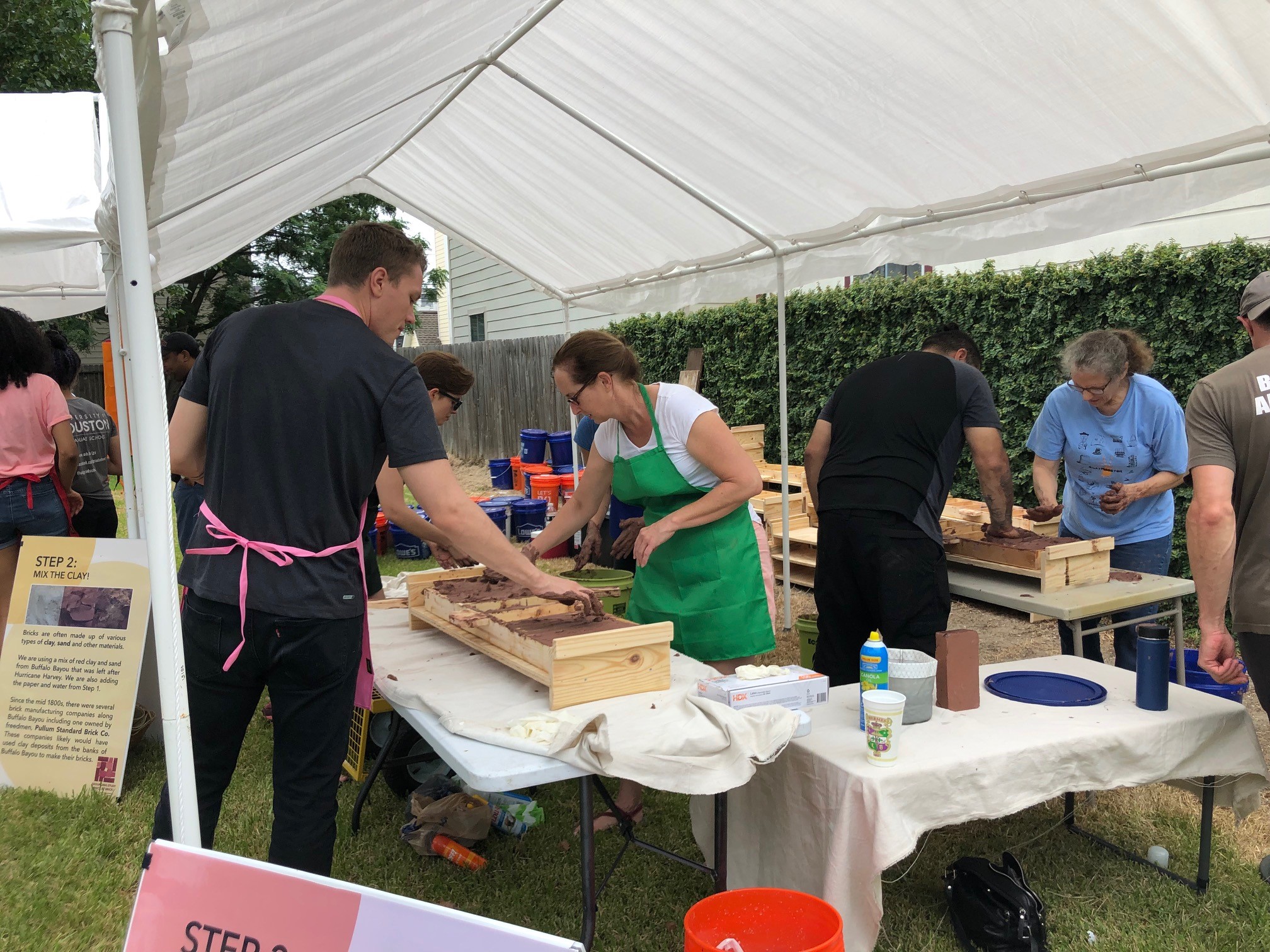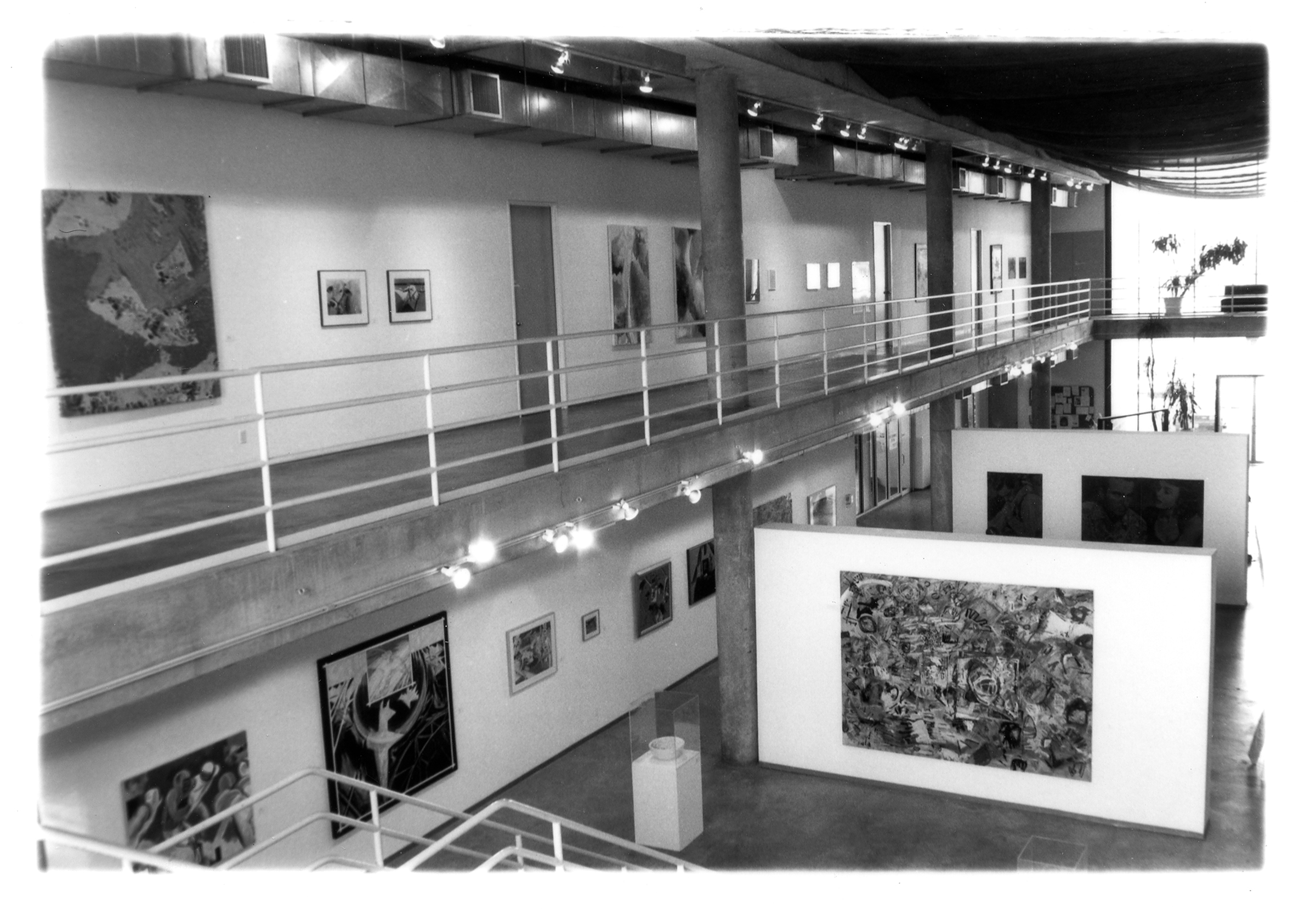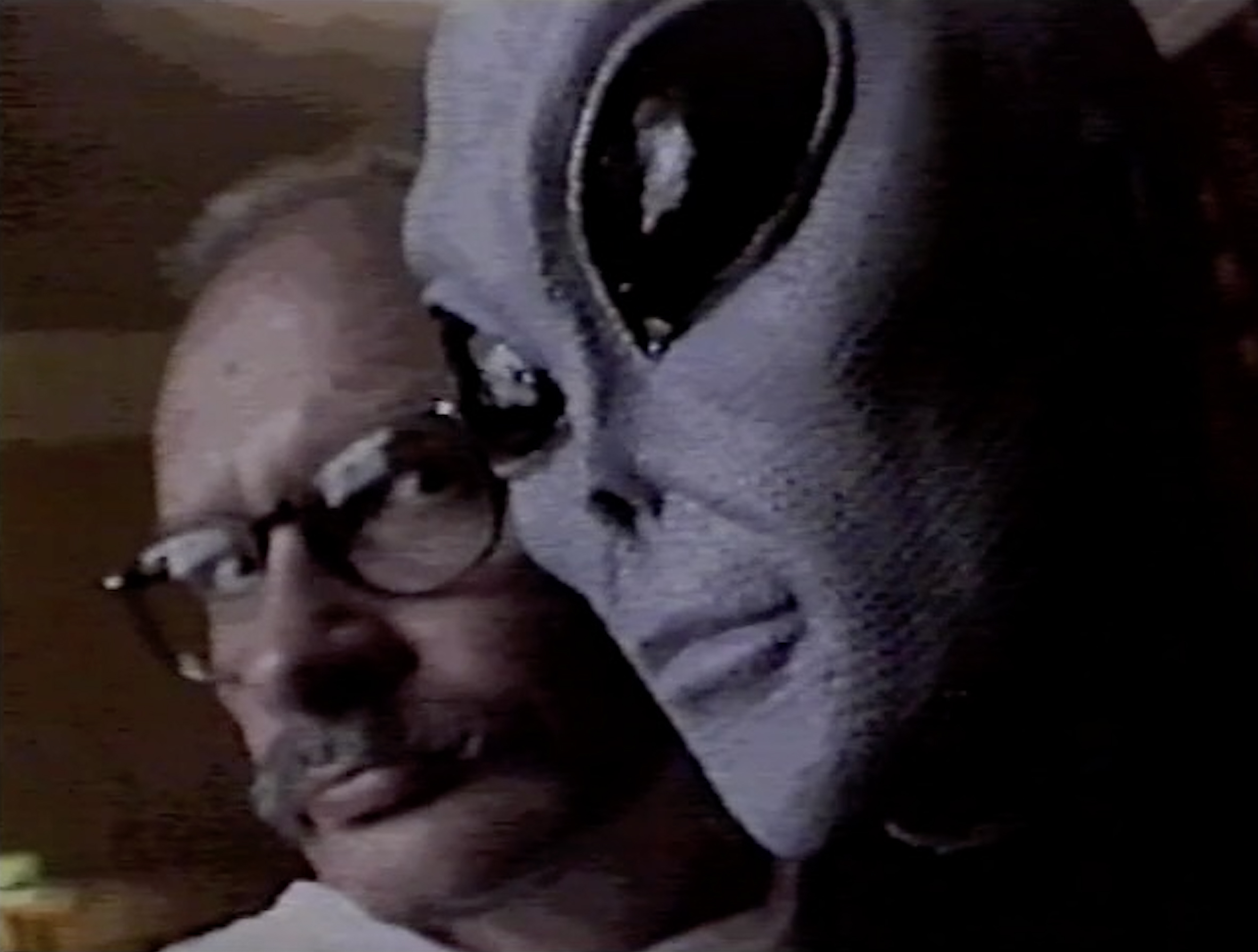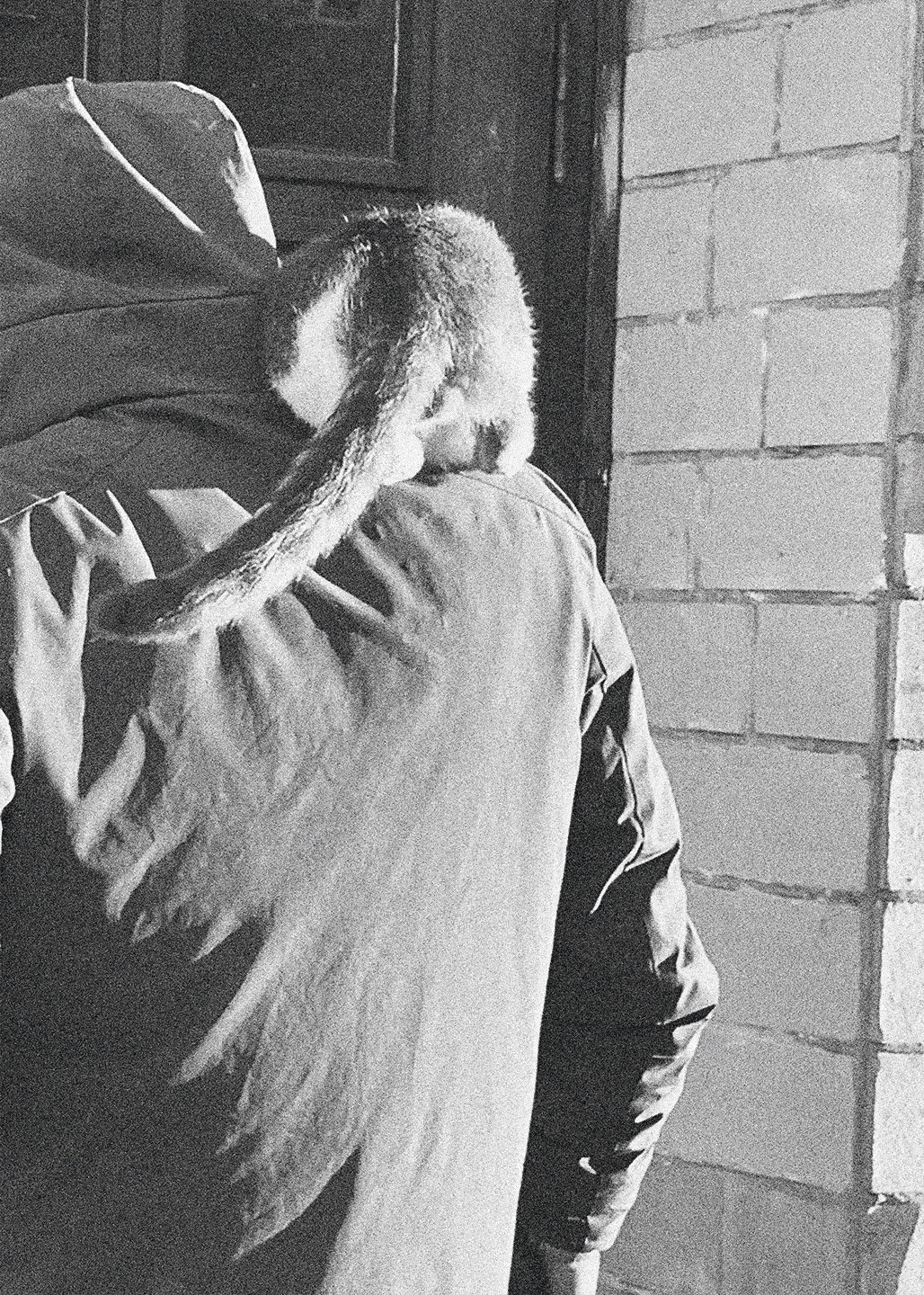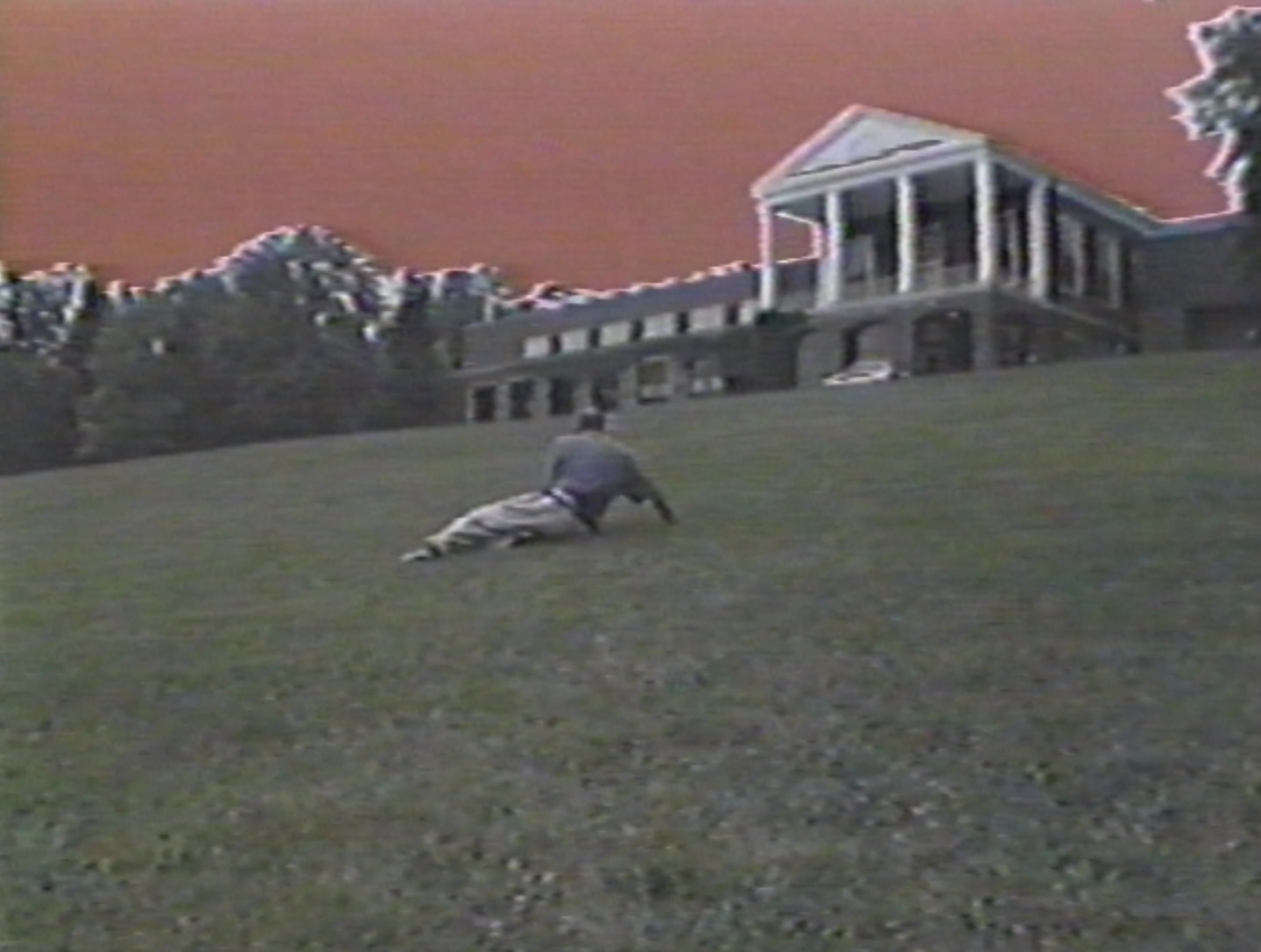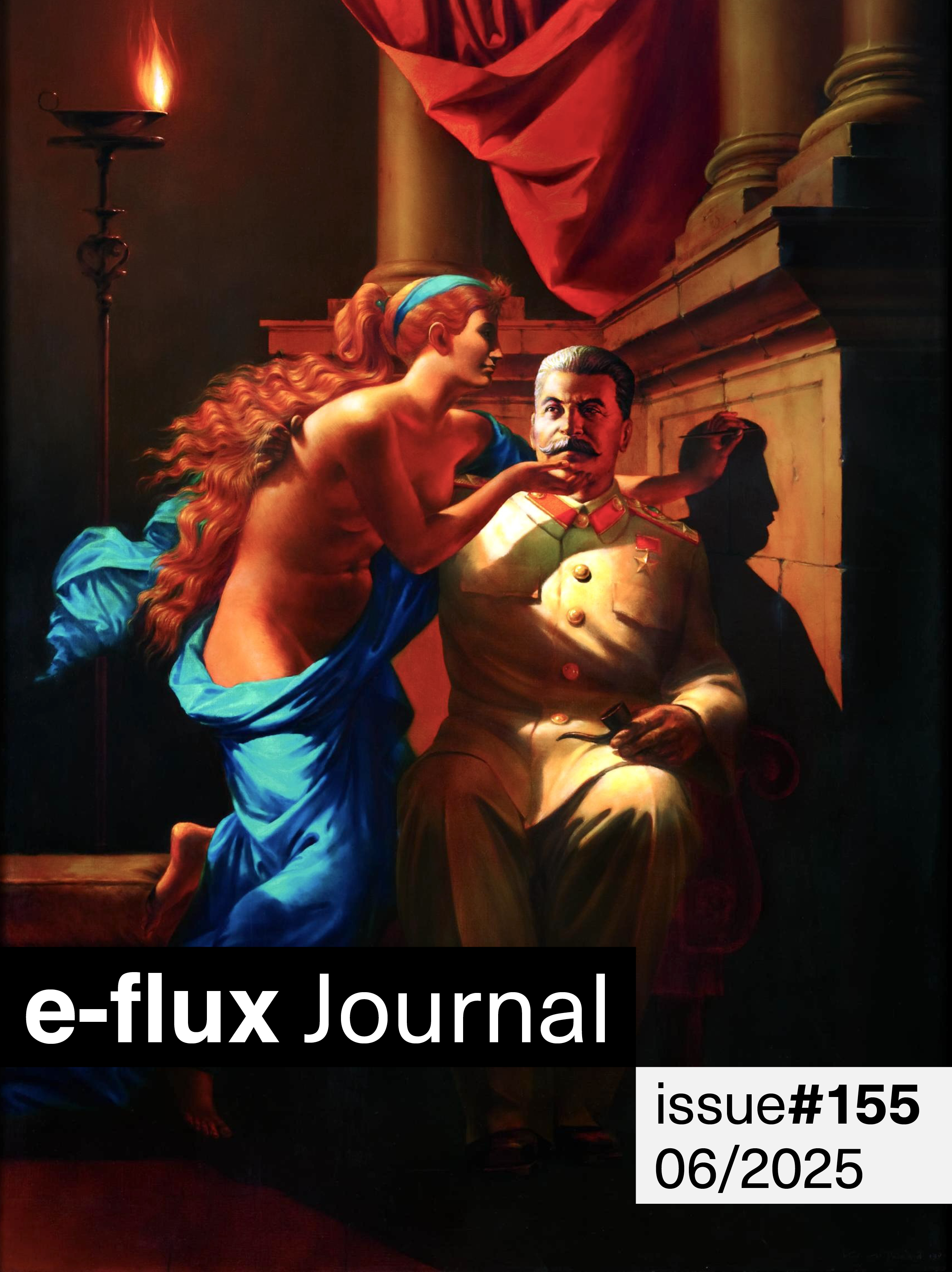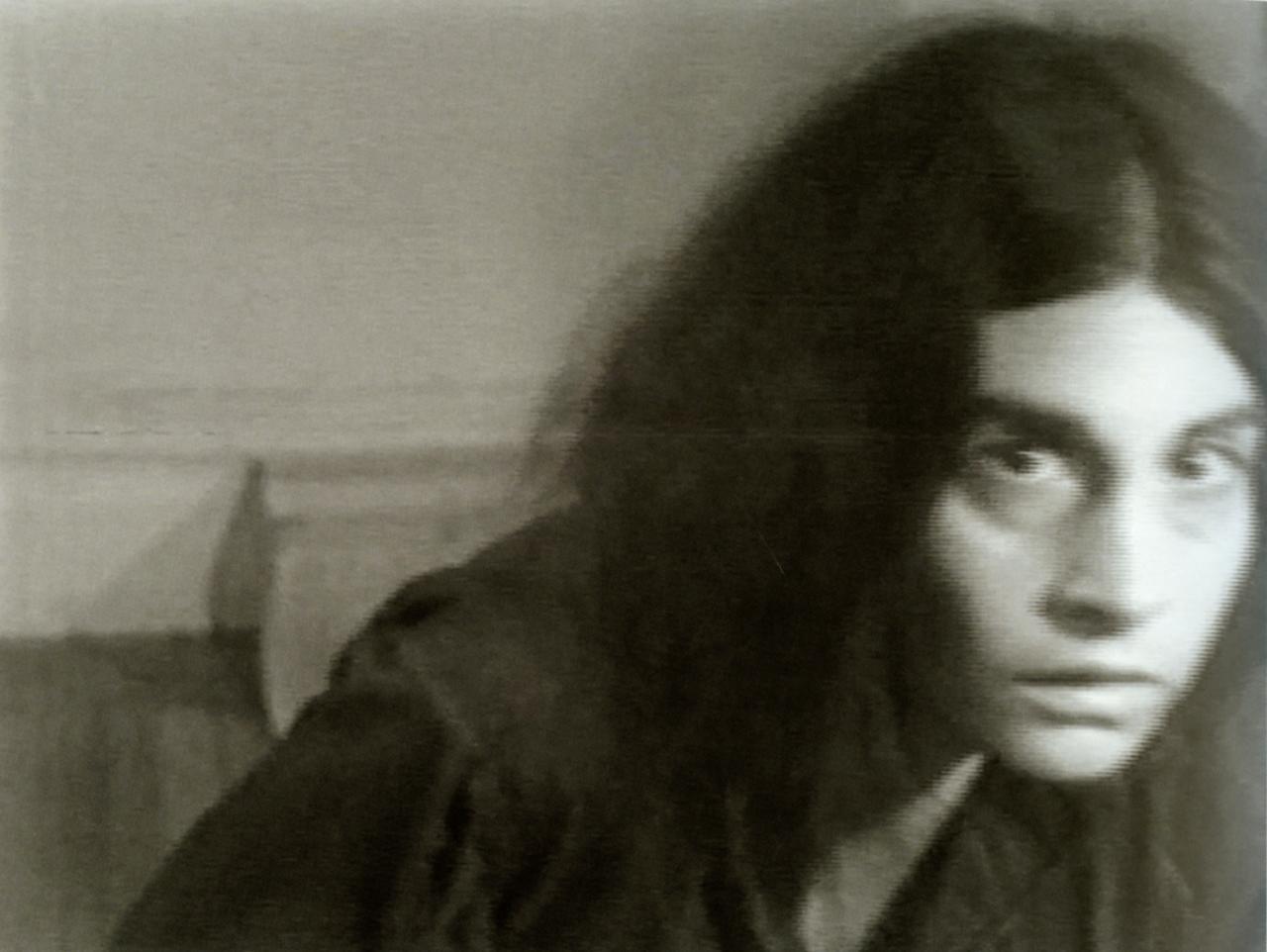The Core Program at the Museum of Fine Arts, Houston (MFAH) has provided artists and critics with time, space, and support to develop their practices for nearly forty years. With postgraduate intellectual rigor and cross-disciplinary openness, Core’s eight visual artists and two critical studies fellows embark on projects, program seminars and lectures, and organize exhibitions in a distinctive pedagogical environment. Here, Natilee Harren discusses the Core Program’s history and mission, its relationship to the Houston art community, and the importance of creative sustainability with director Joseph Havel and associate director Mary Leclère.
Natilee Harren: The Core Program at the Museum of Fine Arts, Houston has been a longstanding intellectual force in the Houston art world, with ripple effects both nationally and internationally. And yet, its history is less well known than it ought to be. How and when did it begin, and who were its major founding figures?
Joe Havel: The Core Program was started in 1982 by Allan Hacklin, who had recently become director of the museum’s Glassell School of Art. In 1982, the program supported eighteen artists with a very modest studio space and stipend. The following year, twenty-five artists were involved, with seven being second-year fellows. In the early years, Rachel Hecker, who was Allan’s student at Rhode Island School of Design, was the associate director and helped run the program. Allan and Rachel left in 1990, after they had hired Dan Gorski as director of the Glassell School. I became associate director in charge of Core in 1991. Late in 1993, I became director of the school and continued to run the Core Program.
When I first started running the program, I cut the number of participating artists and greatly increased stipends and studio spaces. By 1994, we settled into our current cohort of eight artists. In 1998, I added the first critical studies positions in response to the changing circumstances in contemporary art practice and the discussions of the absence of criticism in the Houston region.
NH: From its early days Core has drawn artists to Houston from afar, and a significant number have stayed on—some for an impactful few years, others for the bulk of their careers. Many may not have made their home here otherwise, and the long-term impact of their continued presence in the city—often as teachers—has been transformative. The program’s former associate director Rachel Hecker, whom you mentioned, is on the faculty at the University of Houston, along with Core alumni Aaron Parazette, Jillian Conrad, and Dana Frankfort. Another former fellow, Natasha Bowdoin, teaches at Rice University. Other past fellows who’ve stayed on (or returned) include Sharon Engelstein, Amy Blakemore, Robert Ruello, Trenton Doyle Hancock, Francesca Fuchs, Gabriel Martinez, Katrina Moorhead, Laura August, Devin Kenny, and Core’s own associate director, Mary Leclère, among many others.
How would you describe Core’s relationship to the Houston art scene at its beginnings? What was the urgency of Core at that time? And how has that relationship changed in the decades since to serve the Houston art world of the present?
JH: In the beginning, it really was one of the few contemporary art activities in the city to bring to Houston each year not only artists from across the US to participate in the Core program but also a dozen or more international visiting artists, critics, and contemporary art figures to do public lectures. We felt like we were opening the door to a vibrant Houston art scene that was largely ignored nationally. When I started running the program in 1991 there still were not many public lectures related to contemporary art, so this played a significant role in bringing vanguard information to the city. That has changed as there are now many visiting lecturers sponsored by schools like the University of Houston and Rice or the various museums. We still do the lectures, but their function has changed.
Each group of new Core Fellows also brought new practices, approaches, and ideas into a community that was still embedded to some degree in a regional aesthetic in the 1980s and early nineties. In the beginning, it was artists from all over the US but from the nineties forward until now, the program has become extremely international in its reach.
Mary Leclère: There have also been important exchanges between Core and other programs in the city over the years. In the mid-2000s, Project Row Houses and Core launched a joint residency. Many of the fellows who applied to the program during the next decade or so were interested in this—Demetrius Oliver was the first joint fellow, if memory serves, followed by artists like Leslie Hewitt, and, later, Harold Mendez. This was an important connection, as was the teaching collaboration we developed with Rice University during the same period. Sometime around 2006 or 2007, the Department of Visual and Dramatic Arts at Rice began to earmark three classes per semester for Core fellows to teach. Core fellows had often taught at the Glassell School, but this gave them an opportunity to interact with studio art majors at Rice as well as with the university faculty. This collaboration, along with the PRH residency, enhanced the fellows’ relationship with the Houston art community and enriched the program as well. Both of these initiatives have since been discontinued, but they were vital aspects of the program for a good ten years.
NH: Houston is above all a city of immigrants: nowadays, almost a third of all Houstonians were born outside the US. Aside from the opportunities at PRH and Rice that you mentioned, what have recent classes of fellows found particularly compelling about Houston as a place to live and work? We’ve talked about how the program has impacted the Houston art scene. Thinking in the other direction, how do you see the city reflected in Core residents’ practices?
JH: Certainly Houston has a sprawling personality that is perhaps not so easily understandable to someone who has grown up in a city with a longer history whose growth predates the automobile. This can be a distraction initially but once fellows are here and invested in their environment, the city becomes more like an array of information available in a search engine than a context framed by a locus. Once that's understood, many fellows become involved in community sites and actions and resources outside the MFAH campus. The access that Houston offers the Core fellows for projects and information is so open that it is why so many stay in or make work about the community. The exhibit at Contemporary Arts Museum Houston on Houston music artist DJ Screw has three Core alum in the program I believe.[footnote “Slowed and Throwed: Records of the City through Mutated Lenses,” Contemporary Arts Museum Houston, March 6–June 7, 2020.] Other Core fellows come in and out of the city and use it as a resource for their work and careers.
ML: While the new Glassell School building was being built, the Core Program was located in the Bermac Arts Building about a mile north of the museum campus. This period was especially fertile in terms of community projects. For a performance that took place in 2018 at an old theater on Main Street, for example, Felipe Steinberg hired the project’s participants through the Pacesetter Personnel Service, a business that was located about two blocks south of Bermac. Felipe was particularly interested in what was going on in this midtown neighborhood. Elizabeth Webb, who was in the program at the same time, collaborated with Rick Lowe from Project Row Houses on Grounding Study (Brick by Brick), which she realized during the summer of 2019. The goal of this community brick-making workshop was to promote—and aid in—the preservation of the brick streets in Freedman’s Town in Houston’s fourth ward. A number of fellows before and since have engaged in community projects, some of which have had a significant impact on their practices. I heard recently that Felipe has been working on a book about the theater project.
NH: From talking with current and past Core Fellows and observing the program as an audience member at countless talks and exhibitions, my sense is that Core values openness on multiple levels: the program’s porousness to the city of Houston; the gifts of time, space, and financial support afforded to fellows to develop new work; and the spirit of intellectual curiosity fostered by the seminars and one-on-one interactions with visiting artists, critics, scholars, and curators. I often find myself describing the Core in shorthand as being Houston’s version of the Whitney Independent Study Program, with the crucial distinction that the Core doesn’t hew to a particular ideological frame. Rather, it seems its intellectual orientation in any given year reflects the interests of that year’s community of fellows. The Core lecture series is a good example. How does this institutional openness abide as a value of the program and how does it impact fellows’ experience of Core?
ML: Although fellows have always interacted with the art community, the program was arguably more inward-looking in the nineties and early 2000s. In recent years, as the Core Seminar moved from the margins to the center of the program, the fellows began to express an interest in opening up the discussion. This year, they launched the Core Roundtable, which is held on the first Thursday of every month. Organized around a discussion of a text, a screening, or some other activity, the roundtables are hosted by the fellows, who invite community members to participate. There have been a number of screenings this year—of films by, among others, the Otolith Group, Lizzie Borden, and Derek Jarman, as well as Bakur (North), a feature documentary by two Turkish filmmakers about PKK guerilla fighters in the mountains of Kurdistan—and a “deep listening” session that explored the relationship between Lizzo’s singing and that of Eartha Kitt and Etta James.
Worth noting is the seminar’s role in the program and the program’s malleability in general. Joe has always stressed the need for the program to remain nimble. This has become more crucial, in my view, because of changes in both the art world and art practice. While I was in the program and for several years after I began working with Joe, we organized informal reading groups. Some of the fellows participated in them, but some did not. In response to the increasing atomization of art practices, the need for some kind of group-level discussion became more urgent, and so we introduced the seminar about a decade ago. This was an important development within the program and it has contributed to the cohesiveness of the group. Perhaps paradoxically, that cohesiveness has led to greater rather than less openness. In any event, the fellows’ interest in expanding the scope of the discussion to include those outside the program in the roundtable and other Core events has continued to increase since we started the seminar.
To your point about the Core lecture series, the fellows have always been encouraged to recommend practitioners they’d like us to invite. They have been particularly keen to do this over the last few years—they even lobbied us to invite an extra visitor this year. The last few lecture series have reflected their interests to a greater degree than in the past, but they haven’t been completely fellow-driven.
NH: What are the criteria you weigh when considering whom to bring into the program as a fellow and whom to bring in as a visiting speaker? Are these decisions aligned or complementary in any appreciable way?
ML: These decisions are not aligned in any systematic way, but we’re certainly looking for fellows who will be interested in the visitors we invite (to the extent that we can glean this from their applications). For our admissions review, we invite two guest reviewers, usually an artist and a critic, one of whom typically has some familiarity with the program. Joe and I allow the guest reviewers to take the lead in the review session, since we don’t want our voices to dominate. This means that the reviewers shape that year’s cohort in a fairly substantive way. We choose reviewers whose practices we respect, of course, and it’s also nice when they complement one another in some way. In considering applicants we look closely at those who are not only committed to their practices but are interested in participating in a dialogue with their peers. One of the main considerations in putting together the lecture series is to identify practitioners whose discussions with the fellows are likely to be generative. In any given year, we try to put together a roster of visitors with a range of practices, viewpoints, and theoretical positions.
NH: I want to press you, if I may, to speak more explicitly about some of the aesthetic and intellectual concerns of current and recent Core fellows and visitors. While the program doesn’t have a particular ideological orientation, I wonder if there is more to be said about it having a provisional or working ethical orientation? What does the Core make possible, and for whom? What does it mean for a program like this to exist in today’s art world?
ML: I want to invoke the phrase that we use to describe the program: the Core Program is for artists and critical writers who are “working to develop a sustainable practice.” In other words, we want to support those who are in it for the long haul. It would be disingenuous to deny that the program contributes to the fellows’ professional development, but that is not its sole objective. While there were many fewer residencies when the Core Program was launched, they crop up everywhere now. But none—or very few—have the level of support and the duration of the Core Program. The Core term is nine months (from the beginning of September to the end of May), but fellows can apply for a second term, so they can potentially spend almost two years in the program. This gives them time to “take themselves apart,” as Joe likes to say, and to really think through their practices.
They are not automatically accepted for a second term; they have to demonstrate a commitment both to their own practices and to the dialogue that the program fosters. This we believe is one of the program’s strengths. The fellows’ engagement with one another and not just the practitioners we bring in to meet with them is vital to the development of the peer group, one of the hallmarks of this program. It’s correct that Core doesn’t have an ideological orientation. The program is generally composed of an eclectic group of artists and critics, and what their practices have in common, broadly speaking, is a firm grounding in the historical and social context in which the fellows are working and an engagement with contemporary culture.
NH: It cannot be emphasized enough how truly remarkable the program is in the terms you describe. I reckon its emphasis on “sustainability” will only become more urgent in coming years. Of note as well is the affordance it gives your visiting lecturers, who often seem to use the invitation to test out experimental modes of presentation or research. Recent talks by Hannah Feldman, Helen Molesworth, Lauren Berlant, and Krista Thompson have stayed with me for their speculative, highly personal nature.
In a moment when cultural institutions are pressured to generate content to aggressively publicize and share their activities, the Core has an intimacy that I find intellectually welcoming and exciting. How has the Core created a kind of long-term, ongoing, multigenerational conversation from this intimacy? Have lecturers returned?
ML: The intimacy that you’re referring to would seem to be something that was baked in during those early years when Joe started running the program. As late as the early 2000s, many of the fellows had never shown their work aside from their thesis shows before they came to Houston. Many of them didn’t have their own websites. The program was also fairly sheltered within the museum. There was not a lot of emphasis in those days on publicity. And of course no one had heard the term “social media” at the time. So I think this attitude is rooted in an earlier moment and very different cultural expectations. And I think this has stood the program in good stead because the focus has been on artistic and critical development through an internal dialogue rather than on generating attention, either for the program or the fellows.
One of our more frequent visitors is Lane Relyea, who served as the director of the program in 2001–02. Lane’s visits over the last twenty-five years and his writing—he published an important book, Your Everyday Art World, a few years ago—have had an enormous influence on the program. Lane’s interest in and commitment to critical practice likely had an impact on Joe’s decision to add the critical studies component of the program in the late nineties. Also, some years ago we began inviting Core alums to lecture and visit the fellows’ studios. This gives the community a chance to see what the alums are up to and allows for a bit of intergenerational exchange. Another innovation within the program was the addition of a scholar-in-residence program, a two-year stint that allows a single visitor to engage with the fellows more intensively. An artist or critic is chosen to lead seminars and meet with the fellows in the fall and spring of each of the two years. Charles Gaines and Hannah Feldman have been the most recent participants in this program, which has worked out really well.
NH: Let’s talk about how seminars have become central to the program. As far as I understand, these meetings are for the fellows as a group and complement the public lectures and one-on-one studio visits. The program has carved out a compelling discursive space outside the academy, outside a degree-granting program, yet within a major encyclopedic museum and, more specifically, the space of a studio school that serves a broad population of Houstonians. What effect has Core had on the operations of the Glassell School? And what happens in the seminars? How are they structured?
ML: A good example of the impact the program has had on the studio school is “Content & Context,” a course that Francesca Fuchs teaches. Like a number of other Glassell faculty members, Francesca is a former Core fellow. In her course, the fellows have an opportunity to do crits with upper-level Glassell students and to talk about their own work with the students. Another important point of exchange happens, of course, through the exhibitions and the lectures.
The seminars take a number of different forms: formal seminars led by one of the visitors, the scholar in residence, or me; what we call “prep sessions,” which are discussions organized by the fellows to prepare for the lectures and visits; and workshops, the formats of which are determined by the fellows—critiques of a work in progress, discussions of a text, those sorts of things.
The discussions tend to be more free-form than they would be in a formal seminar, but the goal is to foster dialogue, which has always been at the center of this peer-oriented program. It is true, though, that the program’s focus shifted when the seminar was introduced. This is not to say that the program had a more solipsistic basis before, but it’s now more firmly grounded in these group activities and I think that makes a difference. These days, there is a greater emphasis on the relationship between the fellows’ individual concerns and the broader social, cultural, and political context. An ongoing topic of discussion this year has been the question of subjectivity, not only as this issue relates to the politics of identity but in terms of the very existence of the subject. And the impact of these discussions can be glimpsed in the work that several of the current fellows showed in this year’s Core show. But the program tends to morph and change as the years go by and I imagine that this, too, will shift as we move into the 2020s.
—Natilee Harren, Joseph Havel, and Mary Leclère
“Slowed and Throwed: Records of the City through Mutated Lenses,” Contemporary Arts Museum Houston, March 6–June 7, 2020.

